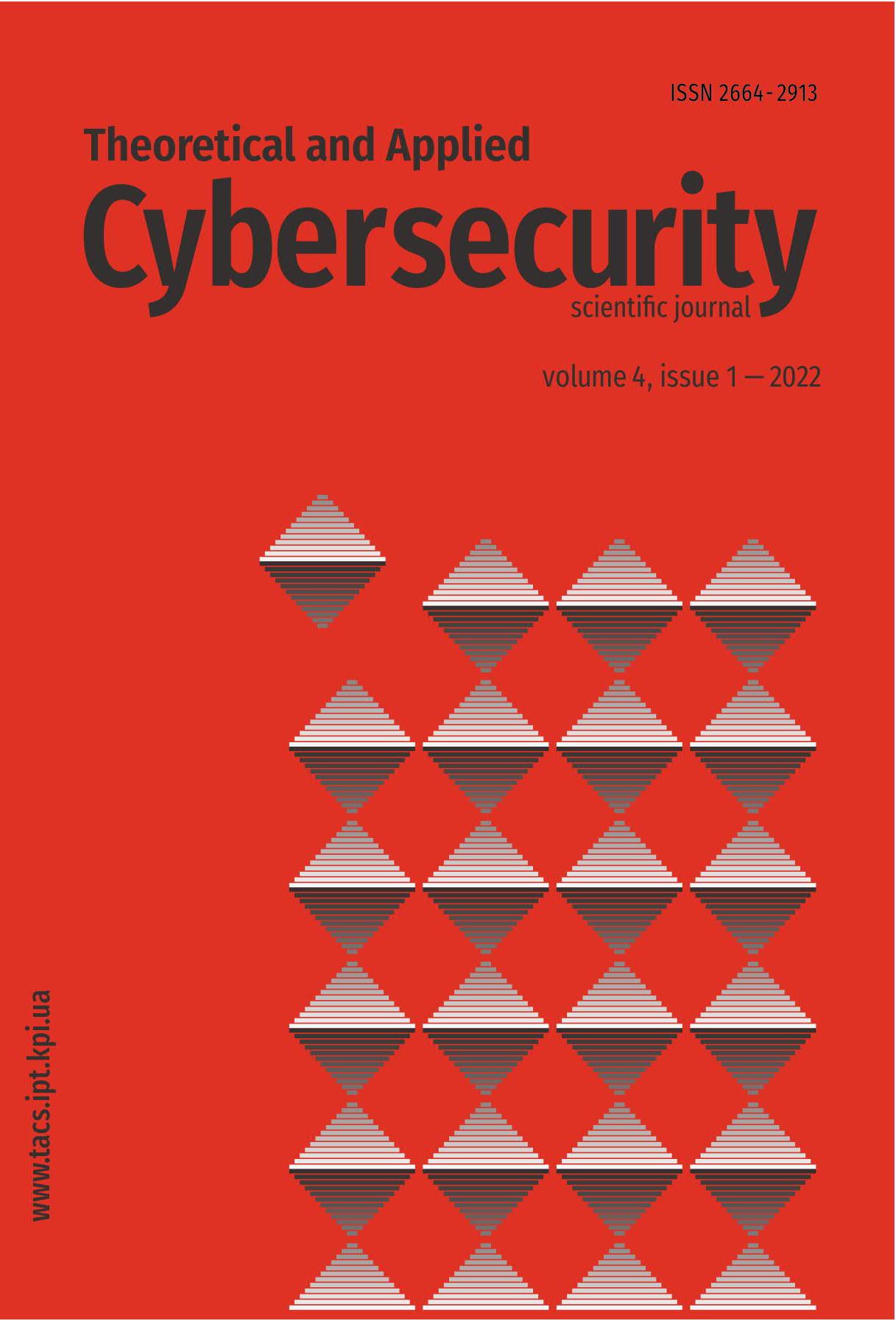On the Security of Qalqan Cipher Against Differential Cryptanalysis
DOI:
https://doi.org/10.20535/tacs.2664-29132022.1.274112Abstract
In 2021, the first version of block cipher Qalqan was presented. It is positioned as a candidate to the future national encryption standard of the Republic of Kazakhstan. This cipher features the usage of addition by different modules for mixing the round keys and for linear layer. In this work, we consider some cryptographic properties of Qalqan, related with the security against differential and linear cryptanalysis. We present variations of cipher’s S-box with better cryptographic properties. We prove that branch number of Qalqan’s linear layer is equal to 3, and the layer itself has a significant amount of fixed points. Also, we build a set of multi-round differential characteristics with high probabilities for the modified version of the Qalqan cipher, which uses only addition modulo 256. With these results, we can argue that the declared security of Qalqan against differential and linear cryptanalysis should be reconsidered.
Downloads
Published
Issue
Section
License
Authors who publish with this journal agree to the following terms:
Authors retain copyright and grant the journal right of first publication with the work simultaneously licensed under a Creative Commons Attribution License that allows others to share the work with an acknowledgement of the work's authorship and initial publication in this journal.
Authors are able to enter into separate, additional contractual arrangements for the non-exclusive distribution of the journal's published version of the work (e.g., post it to an institutional repository or publish it in a book), with an acknowledgement of its initial publication in this journal.
- Authors are permitted and encouraged to post their work online (e.g., in institutional repositories or on their website) prior to and during the submission process, as it can lead to productive exchanges, as well as earlier and greater citation of published work (See The Effect of Open Access).

